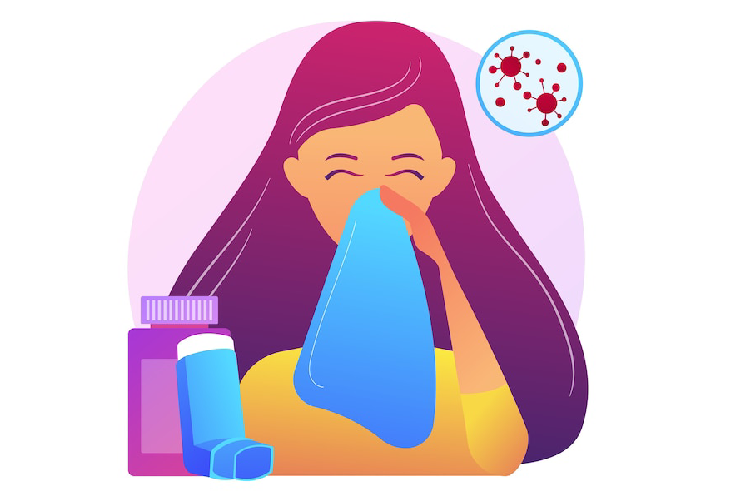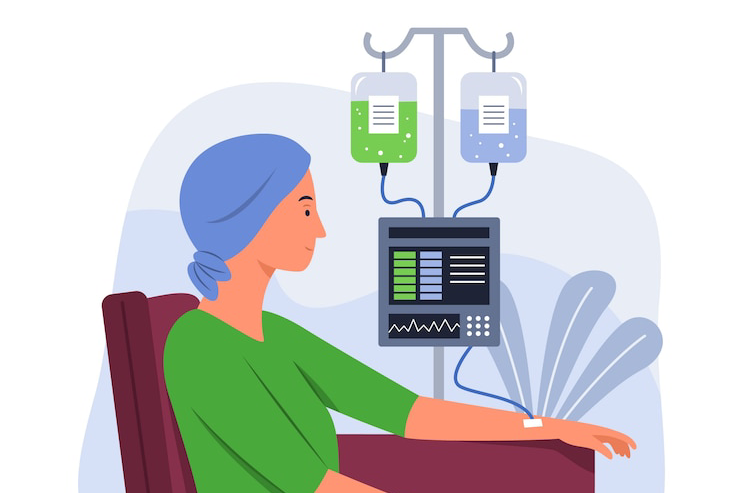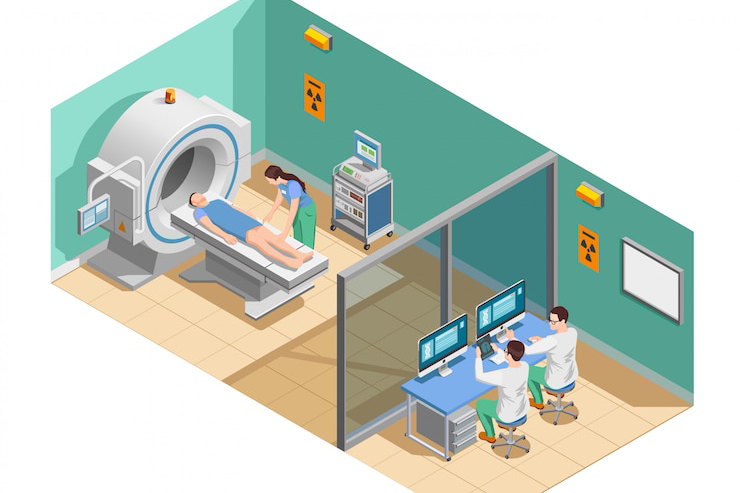.jpg)
Skin and Venereal Diseases: A Comprehensive Guide to Diagnosis and Care
Introduction
Skin and venereal diseases represent a significant area of concern in dermatology and sexual health. These conditions can affect anyone, regardless of age or background, and can lead to serious health issues if not diagnosed and treated promptly. This guide will provide an overview of common skin and venereal diseases, their symptoms, diagnostic processes, treatment options, and preventive measures.
Understanding Skin Diseases
Skin diseases encompass a wide variety of conditions that can affect the skin’s appearance and function. Some common skin diseases include:
Eczema
- Symptoms: Itchy, red, and inflamed skin.
- Diagnosis:Physical examination and medical history.
- Treatment:Moisturizers, topical corticosteroids, and antihistamines.
Psoriasis
- Symptoms: Red patches of skin covered with thick, silvery scales.
- Diagnosis: Skin examination and possibly a biopsy.
- Treatment: Topical treatments, phototherapy, and systemic medications.
Acne
- Symptoms: Pimples, blackheads, and cysts on the face, back, and shoulders.
- Diagnosis: Visual inspection of the skin.
- Treatment: Topical retinoids, antibiotics, and hormonal therapies.
Venereal diseases, also known as sexually transmitted infections (STIs), are infections spread primarily through sexual contact. Common venereal diseases include:
Chlamydia
- Symptoms: Often asymptomatic, but can cause abnormal discharge and pain during urination.
- Diagnosis: Urine tests or swabs.
- Treatment: Antibiotics such as azithromycin or doxycycline.
Gonorrhea
- Symptoms: Painful urination, puslike discharge, and sometimes sore throat.
- Diagnosis: Urine tests or swabs.
- Treatment: Antibiotics, often in combination with treatment for chlamydia.
Anti-VEGF (vascular endothelial growth factor) injections are one of the most effective treatments for wet AMD, which is characterized by abnormal blood vessel growth in the retina. These injections help reduce fluid leakage and preserve vision. Additionally, new therapies are being developed to target dry AMD, including supplements with antioxidants and medications aimed at slowing the progression of the disease.
Syphilis
- Symptoms: Painless sores (chancre) followed by a rash and flulike symptoms.
- Diagnosis: Blood tests.
- Treatment: Penicillin injections.
Herpes Simplex Virus (HSV)
- Symptoms: Painful blisters on or around the genitals or mouth.
- Diagnosis: Physical examination and lab tests.
- Treatment: Antiviral medications to manage outbreaks.
- Diagnosis and Care
- Diagnosis
Diagnosing skin and venereal diseases often involves a combination of the following:
- Medical History: Understanding the patient’s symptoms, sexual history, and any prior skin conditions. Physical Examination: A thorough examination of the affected areas.
- Laboratory Tests: Blood tests, swabs, or biopsies may be necessary for definitive diagnosis. Care and Treatment
- The treatment approach for skin and venereal diseases varies depending on the condition: Topical Treatments: For skin diseases, topical ointments or creams may be prescribed to alleviate symptoms.
- Oral Medications: Antibiotics or antivirals are common for treating venereal diseases.
- Lifestyle Modifications: Adopting a healthy lifestyle, including a balanced diet, regular exercise, and proper hygiene practices, can support overall skin health and immune function.
Conclusion
Skin and venereal diseases can have significant impacts on both physical health and emotional wellbeing. Early diagnosis and proper treatment are essential for effective management. By understanding the symptoms, available treatments, and preventive measures, individuals can take proactive steps toward maintaining their health and wellbeing. Always consult a healthcare professional for personalized advice and treatment options.



